The Blue Fig Blog
What does the coronavirus mean for the future of office design?
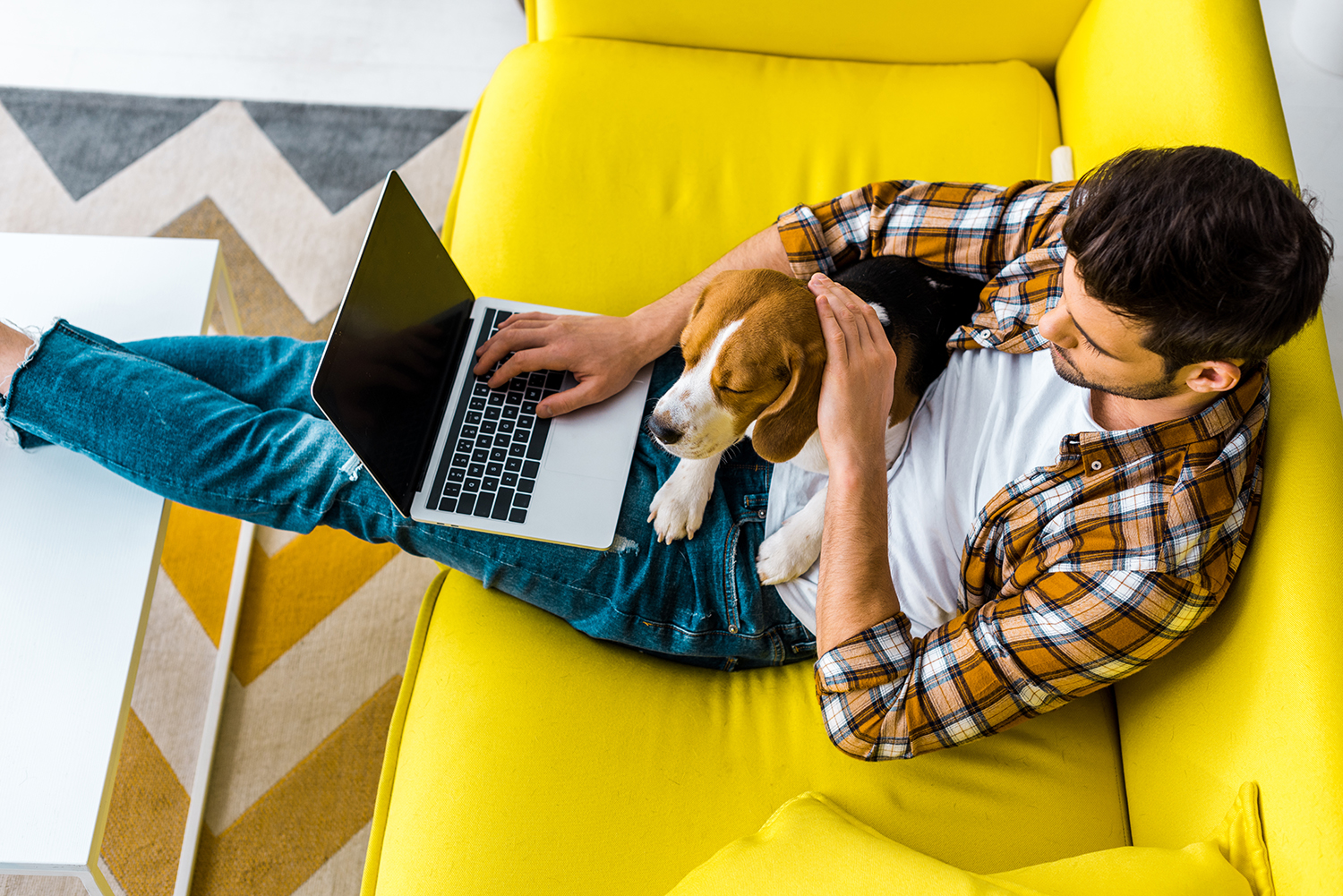
Well like most other people I know, I am having to spend time working from home. It is what it is, hey ho. But designers are often inspired to come up with fresh ideas during those moments when we’ve helped with the kids’ home schooling and got nothing else to do! So I’ve been giving thought to the impact that the coronavirus might have on workspace design going forward. Blue Fig Interiors has a strong reputation for designing-in features that facilitate health and wellness in the workspace so this is a subject close to my heart.
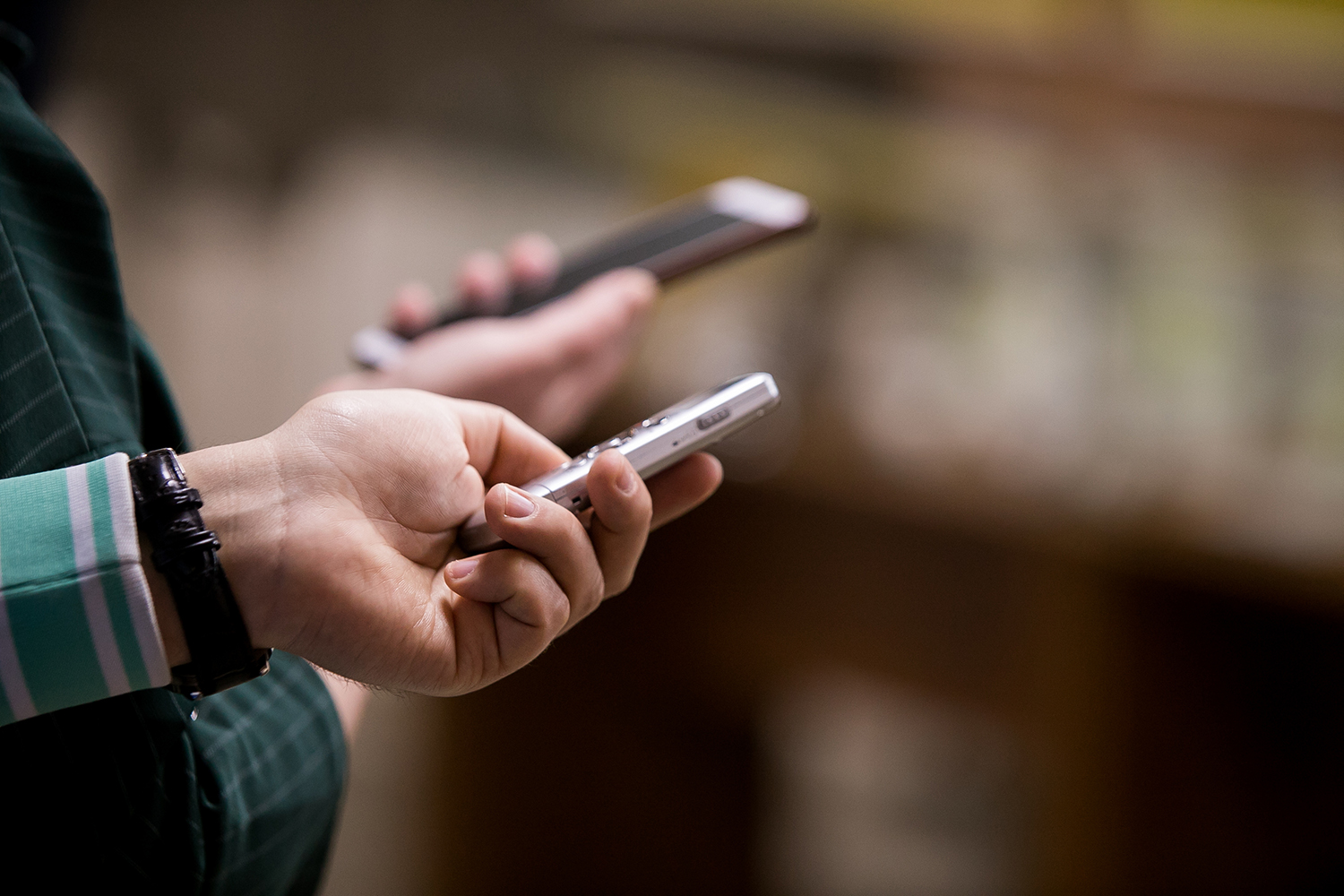
I’ve also been doing plenty of desk research too to find out what others think. Almost everyone predicts that public areas and workspaces will move quickly toward more automation to mitigate contagion, with covid-19 speeding up development of all types of touch-less technology—automatic doors, mobile phone-controlled room entry, hands-free light switches and temperature controls etc. Let’s face it, if I can tell Siri to call my wife, and ask Alexa to play some cool jazz tracks, it should be possible to tell a lift to take me to the 10th floor.
Almost certainly I expect to see the immediate introduction of far more opportunities for hand washing and sanitizing in and around the office environment just like in hospitals currently. Designers will increasingly call upon antibacterial fabrics and finishes, including those that already exist like copper, beechwood, bamboo and new forms of linoleum which we’ve referred to in an earlier posting. We may also see far more effective self-cleaning washrooms and features already standard in health care settings may find application in the office workspace, such as a massive reduction in the number of flat surfaces where bacteria can sit, and the installation of ventilation systems that can remove potentially contaminated air quickly and effectively. I think air quality will be a big issue going forward. Businesses will actively monitor it and carbon-dioxide levels as well as temperature. Designers will need to be more mindful of and source more sustainable materials for furnishings, as well as be aware of which synthetic products, such as paint and plastics, emit chemicals and how this impacts on a client’s employee health.
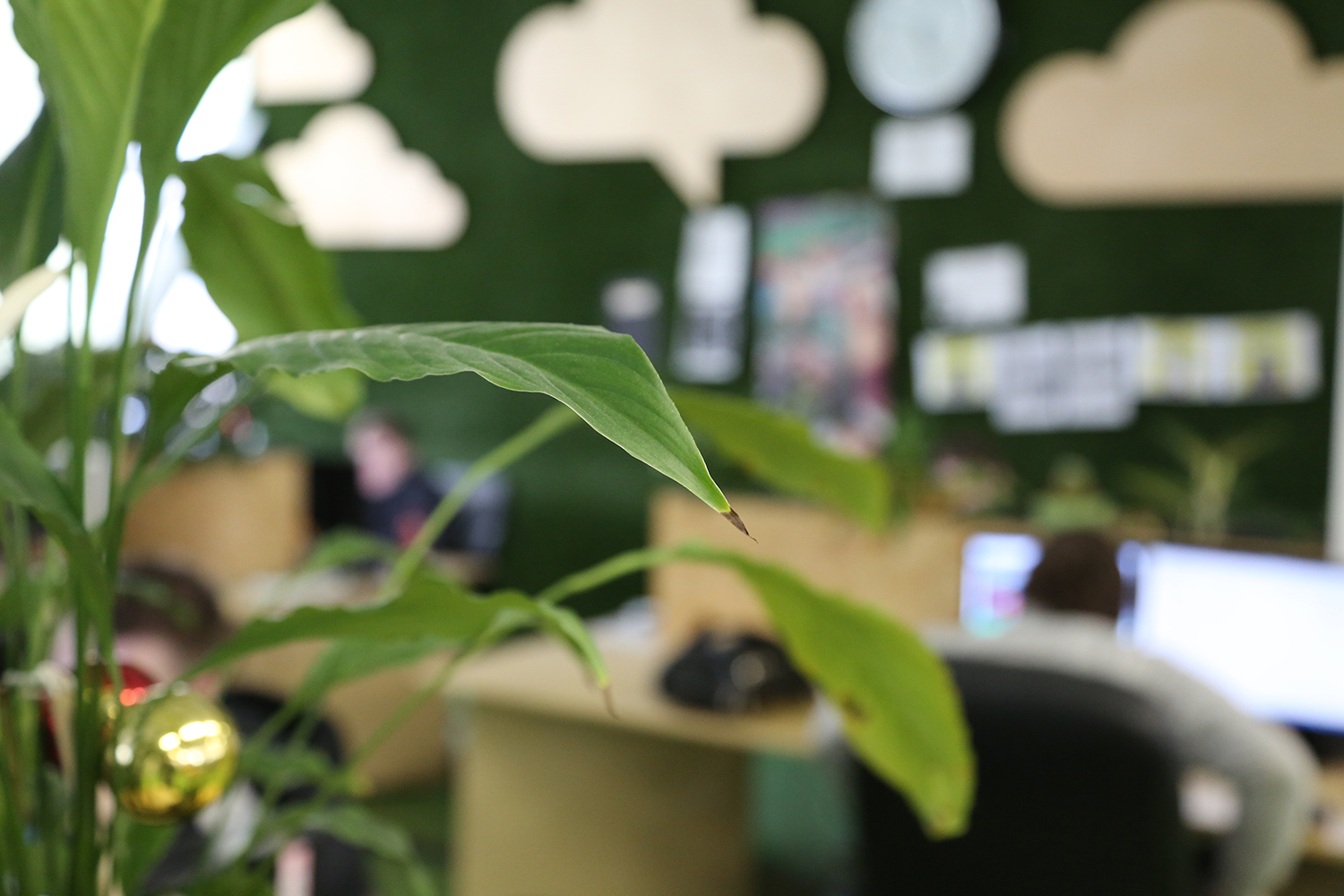
Maybe there are some wider implications too. Setting aside the serious health issues of the outbreak, the coronavirus epidemic is in my view going to fuel a more serious examination of the way we work which may have consequences for us all in this business. With millions of people around the world, like myself, adapting to working from home whether through self-isolation or as a company precaution, the question is this - are we seeing the beginning of the end of the traditional office model? If virtual working is successful, if we’re in fact more productive, it’s going to fundamentally change the value proposition of shared workspace or at least the way we integrate into them. Not everyone wants or needs to be in a big social work/playground but some always will of course.
The coronavirus may have caused a spike in remote employees, but it was not the source of this trend which has been steadily increasing ever since home broadband service became reliable and wide-spread. The number of regular work-from-home employees in the USA has almost doubled in 15 years, now standing at nearly 5 million employees or 3.4% of the workforce. Meanwhile, within the EU the percentage is even higher at more than 5% with concentrations in the Netherlands (13.7%), Luxembourg (12.7%), and Finland (12.3%), as at 2017. The number of employed people who occasionally work from home is even higher and averages nearly 10% in the EU. But if you ask employees whether, given the opportunity, they’d like to work from home for at least some of the week, the percentage jumps to between 85-90%!
So it’s a growing phenomenon which many more people have now suddenly become adjusted to. Virus issues aside it’s easy to see the merits of home-working. Companies can hire top talent with few geographic limits while avoiding the significant overheads associated with office buildings, equipment and supplies. A study conducted by Stanford University in 2017 showed that working from home boosted employee productivity by 13.5%, reduced sick days, and improved job satisfaction. From the employees perspective the advantages are obvious: less time and money commuting (creating massive savings on greenhouse gas emissions), a better work-life balance, and a quieter, (potentially) more productive atmosphere.

By some estimates, up to 40% of an office’s dedicated desk space already sits unused on a given day. In a future where many employees might spend 50% of their week working remotely, the interior design of offices will need to become increasingly more flexible (let’s face it that redundant desk space could be more productively used) while others adopt more residential tones to create that home-away-from-home atmosphere. To me it suggests a complete move away from the open plan layout with concerns over its effects on mental health, productivity, and heating and cooling loads. In its place will be more emphasis on a flexible cellular style with a space divided up into different-sized zones; some for working, others for socialising/ideas sharing, plus play and exercise areas, engaging presentation spaces as well as and several quiet areas for contemplation and reflection. In any workspace there will be the look-at-me and the quieter types of people and an office needs to be designed to accommodate both
Despite the need for both quiet and busier spaces, we still need to design in and integrate a sense of community and belonging to cultivate the sense of corporate pride and belief in the brand. This will always remain important to the future workplace, particularly when advancements in technology encourage people to work remotely and become more isolated.

From where we stand today it’s tempting to look at the success of co-working spaces and the care and attention that is paid to their cool and funky design, to consider that it may just offer the most effective compromise between traditional and remote working: where highly-equipped communal offices allow employees to work effectively with colleagues across the world, yet without suffering from the physical isolation and loneliness often cited as the major pitfall of remote working.
Alternatively, the ever-evolving rate of technological change we see in almost all major industries could call for a total reimagination of how we work and live with each other. Architects and designers may be called upon to design a new workspace model that merges digital and physical, local and global, working and living, leaving the concept of dozens or hundreds of employees gathering in a single building for 8 hours per day a thing of the past. This in itself leads to a question of what happens to existing office spaces? Could they perhaps be converted into new ways of living or manufacturing in the heart of cities as we’ve done with old warehouses? It would certainly save on digging up more of the green belt and if this coronavirus has proved anything, it’s how much we really value our open spaces.
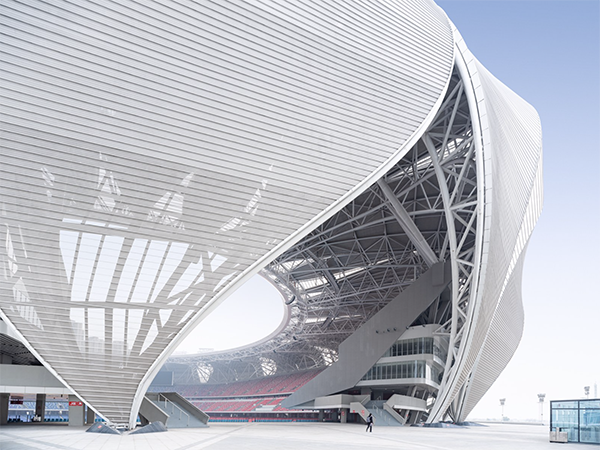
While social distancing would seem to be a necessary, if (hopefully) temporary, action, it’s reasonable to think that concerns about future viruses might encourage us to design with an eye toward open spaces that enable and encourage people to spread out. I don’t think we’ll ever get to the point where we completely avoid public gathering, and it is the magic of sports and concerts for example, to have and enjoy a shared experience. Work is a little bit like that too. But in all settings, this experience has illustrated that it really is a very tiny world and we are all very connected. We are just learning to become a bit less physically so, wherever possible.
Wouldn’t it be ironic if a viral pandemic became a catalyst for a healthier future relationship between us and our workplace in the future………watch tis space!.
Peter Cox
MD, Blue Fig Interiors
Design things I like: the Hangzou Sports Centre

I think regular visitors will know I’m into workspace design which celebrates sustainability and well-beingness. A little bit surprisingly, given its incredibly poor record on emissions and human rights, this latest sports arena in China is both beautiful and environmentally sensitive, and I’m a big admirer.
The importance of health and wellness in the workplace

Well it’s the start of a new year and decade and we wish all our visitors much health and happiness. Indeed it’s a popular theme at this time of year as many people resolve to get fitter and healthier. Wellbeing is quickly becoming just as important in the office as it is in our everyday lives. Many of us are becoming more concerned with wellbeing especially since about 30% of our lives are spent in the workplace and a majority of this time we spend sitting at a desk
Design things I like; The Fortnum & Mason Bar

This is the second in an occasional series on design things I really really like. Things that strike you as just beautifully designed like an Eames lounge chair or the Guggenheim Museum in NYC. When form and function are in perfect harmony. Every once in a while you see something that makes you stop and think that is that is so fitting, it's hard to see how it can be improved upon.
Why a well-designed workspace matters

The average person spends one-third of their life at work. Creating an engaging workspace for your employees isn't just a matter of being on trend, it’s about maximising the experience for them so that their full potential can be released to the benefit of your company. It may sound simplistic but happy employees are productive employees.……..
Accent on a new finding service
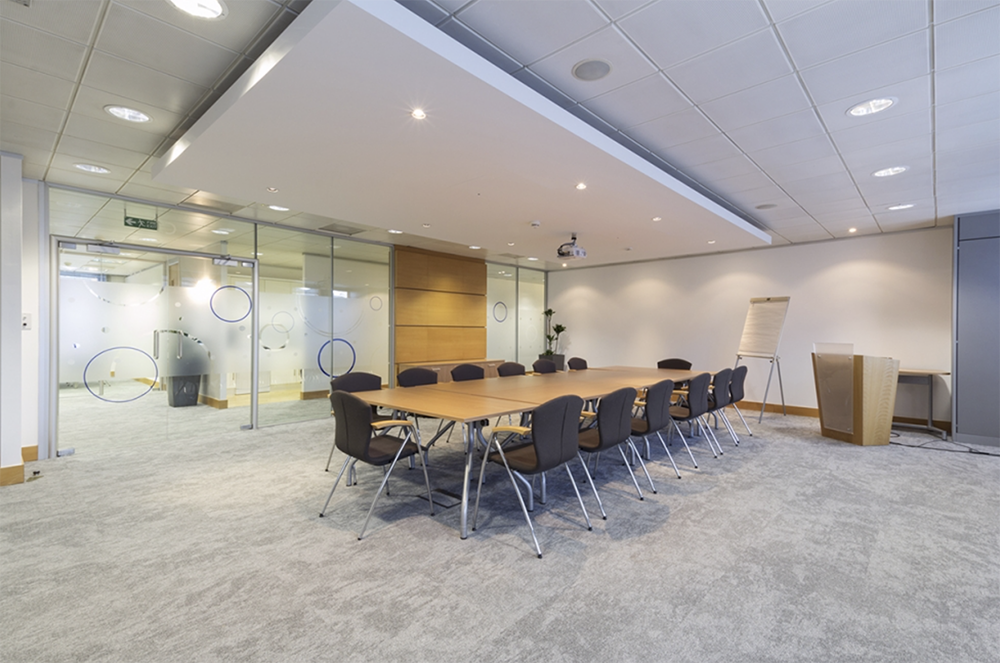
As well as designing and installing new office environments one of our key roles is sourcing furniture to fit the new space. It’s one of our most interesting challenges because we often have to secure fairly large numbers of items taking into consideration the design brief and the manufacturers lead in times to meet our construction program; after all a newly refurbished office with no task chairs is not what the client wants……..
Back to the Future Flooring
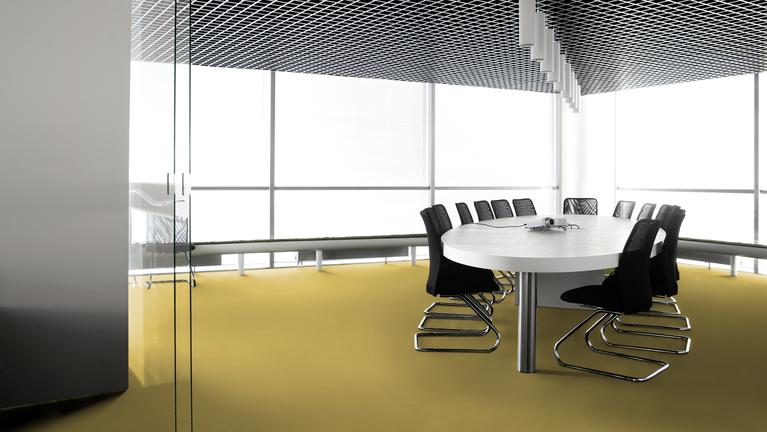
Those of a certain vintage may just about remember the chronically old-fashioned floor covering linoleum best recalled for its curled up edges, slightly sticky feel and its many indentations caused by stiletto heels. And you wouldn’t be alone in thinking that as an internal design element, it’s about as likely to make a comeback as the 3 bar electric fire.
Brand association
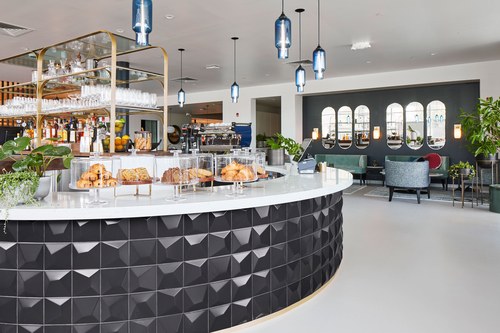
Well imagine my surprise when I opened up a design magazine this week to read that the US homeware retailer Pottery Barn is introducing a range of furnishing items inspired by the hugely popular TV show Friends.
I wasn’t surprised by the association itself. I was never the greatest fan but saw enough shows to remember Rachel getting an apothecary table from the Barn (whilst claiming she’d discovered it at a flea market) and then Ross describing how he’d bought some bed linen at the store. I also recall Rachel and Monica browsing through the PB catalogue whilst on the sofa at their favourite café Central Perk. In fact It was pretty common knowledge at the time that the production company were happy to incorporate product placement investment to help offset those eye-watering $1m per cast member per episode salaries.
